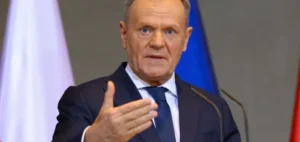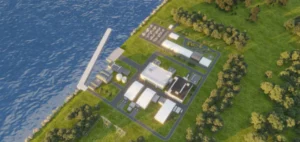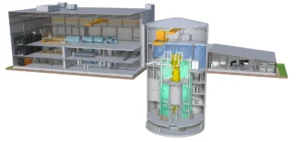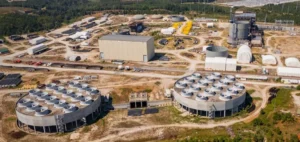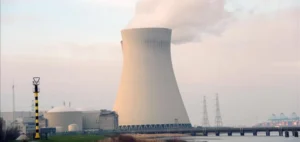German nuclear power is at the heart of the debate. The government has just decided. The country maintains two nuclear power plants, Isar 2 and Neckarwestheim 2, in the south of the country. These will remain on standby and will be used to avoid a possible energy shortage this winter.
However, German nuclear power will have to overcome some obstacles. Indeed, within the coalition, the Greens will have to overcome their skepticism to justify such a decision. At the same time, some FDP members expect a return to nuclear power.
German nuclear power faces obstacles
In Germany, nuclear power is a divisive issue. However, in the context of an energy crisis, the government is maintaining certain power plants. Those that are not affected must close by December 31.
This is the case of the nuclear power plant in Lingen, Emsland. According to Konstantin Kuhle, leader of the FDP parliamentary group:
“The only reason why the Lingen nuclear power plant in Emsland is not put into reserve operation is the left-wing association of the Greens in Lower Saxony.”
However, in Lower Saxony, regional elections are approaching. They will be held on October 9.
Robert Habeck’s decision is based on electricity supply scenarios. The 4 German transmission system operators have developed these. At the time, they advocated maintaining three nuclear power plants, including Linden.
They estimate that there could be a shortfall of about 5.1 GW of electrical capacity. They explain that these two plants would not be running at full capacity. Thus, they could only provide 0.5 GW to the overall load.
Moreover, a simple settlement may not be enough to seal the deal. In fact, a change in the German nuclear phase-out law would be more appropriate. This would give guarantees to the operators. In addition, it would limit the risk of legal action.
Finally, EnBW and E.ON do not seem to be enthusiastic about this announcement. However, they believe that an extension of German nuclear power is feasible from a technical point of view. They advertise to assess the need.
















